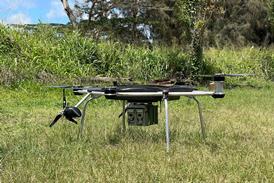Japan's H-2A booster was launched from Tanegashima on 26 February, after a 15-month grounding, placing the Loral-built MTSAT-1R multifunction satellite into geosynchronous transfer orbit. The H-2A failed in November 2003, after five successful launches, because of a fault in a strap-on solid rocket motor.
MTSAT-1R is a replacement for MTSAT-1, which was destroyed in an H-2 launch failure in 1999, and will provide aeronautical satellite communications and space-based GPS augmentation for the Japan Civil Aviation Bureau and weather monitoring for the Japan Meteorological Agency. An MTSAT-2 is planned for launch next year.
Japan Aerospace Exploration Agency president Keiji Tachikawa says the H-2A's reliability has been restored and the launcher is now competitive commercially. But the vehicle remains expensive, the latest launch costing ¥12 billion ($115 million), ¥3.5 billion more than the originally estimated launch cost.
Boeing-led Sea Launch, meanwhile, placed XM Satellite Radio's third spacecraft, the Boeing-built XM-3, into orbit on 28 February from its ocean-based equatorial launch platform. On 1 March, Russia launched the Progress M-52 tanker to the International Space Station from Baikonur, on the first of 12 Soyuz flights planned this year.
TIM FURNESS LONDON
Source: Flight International
















